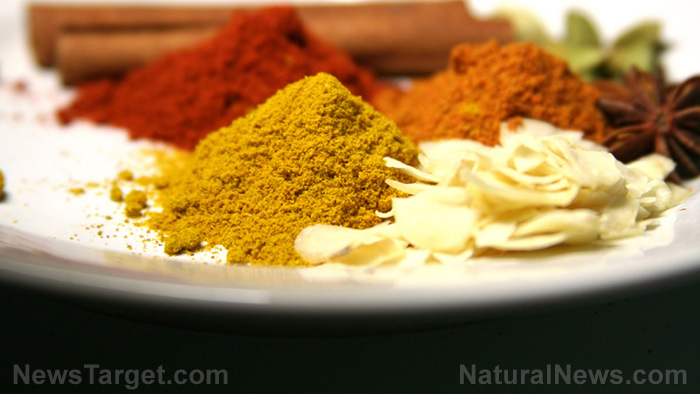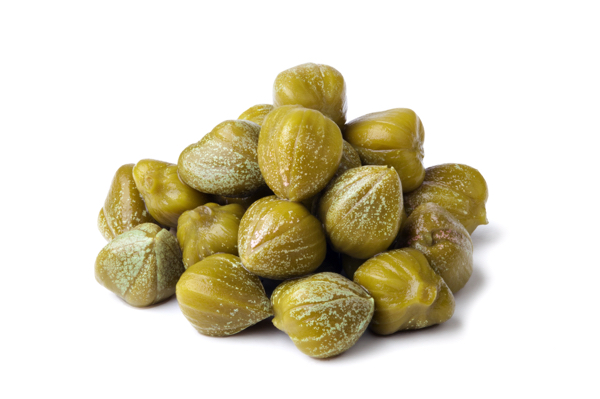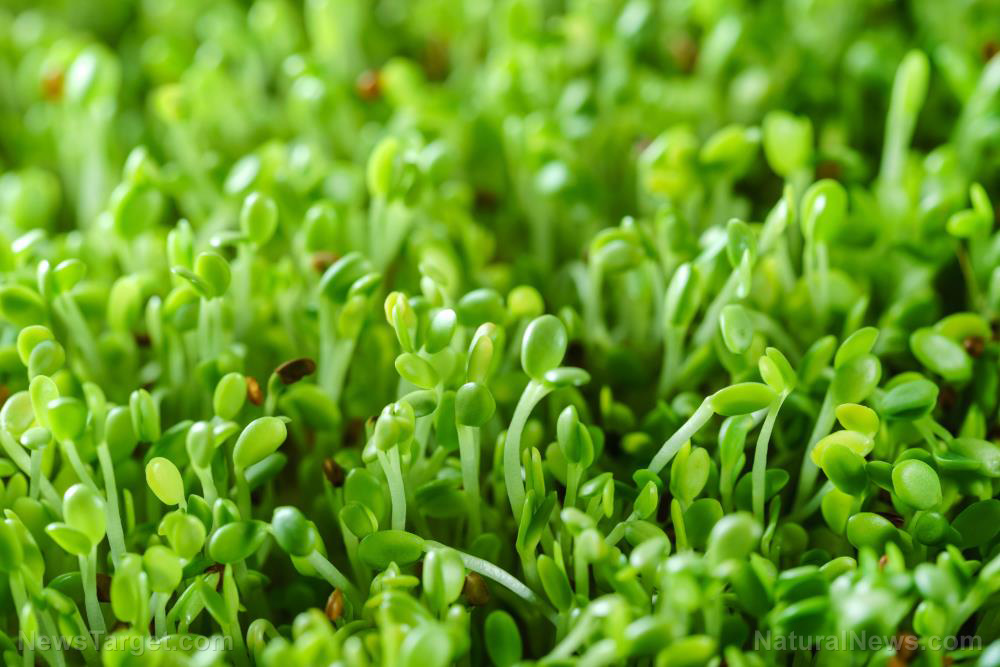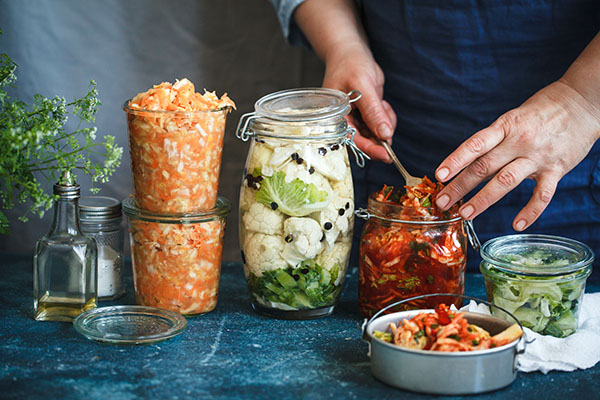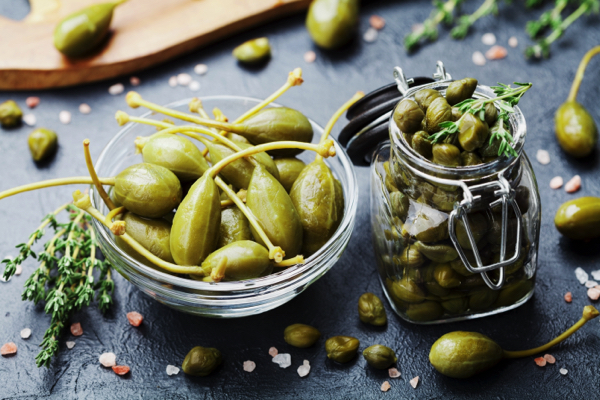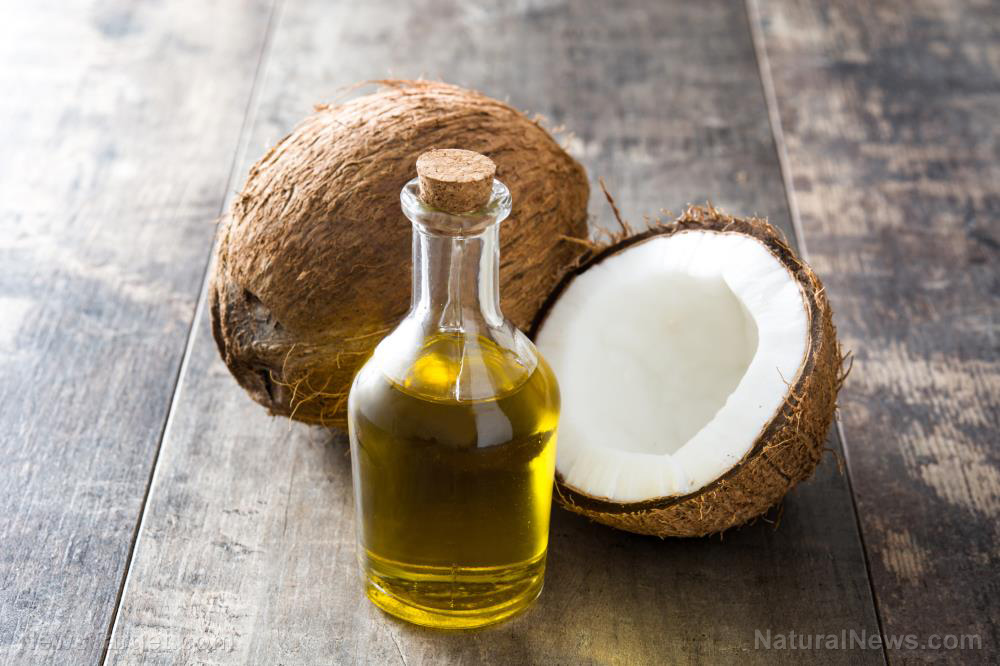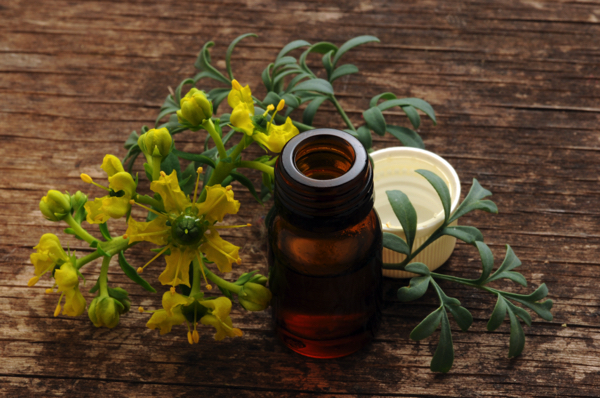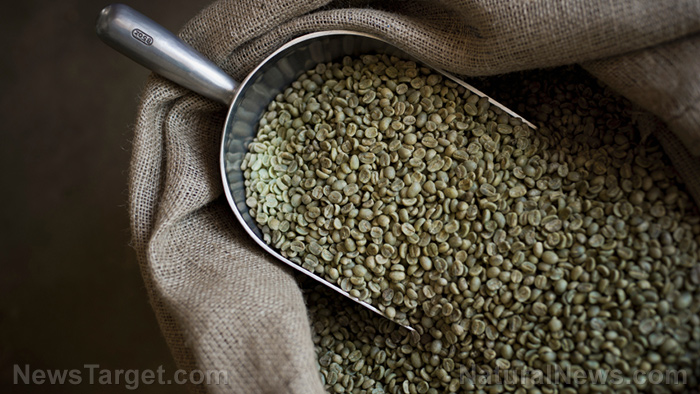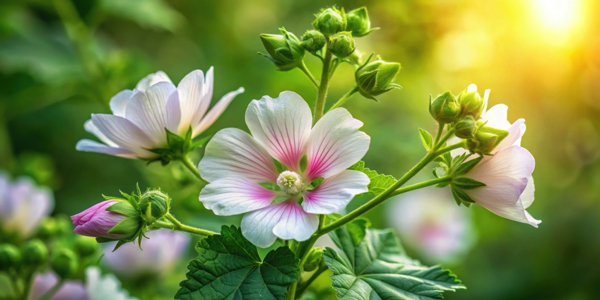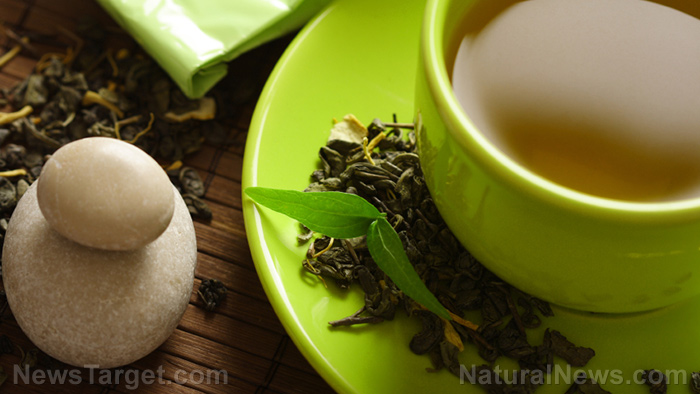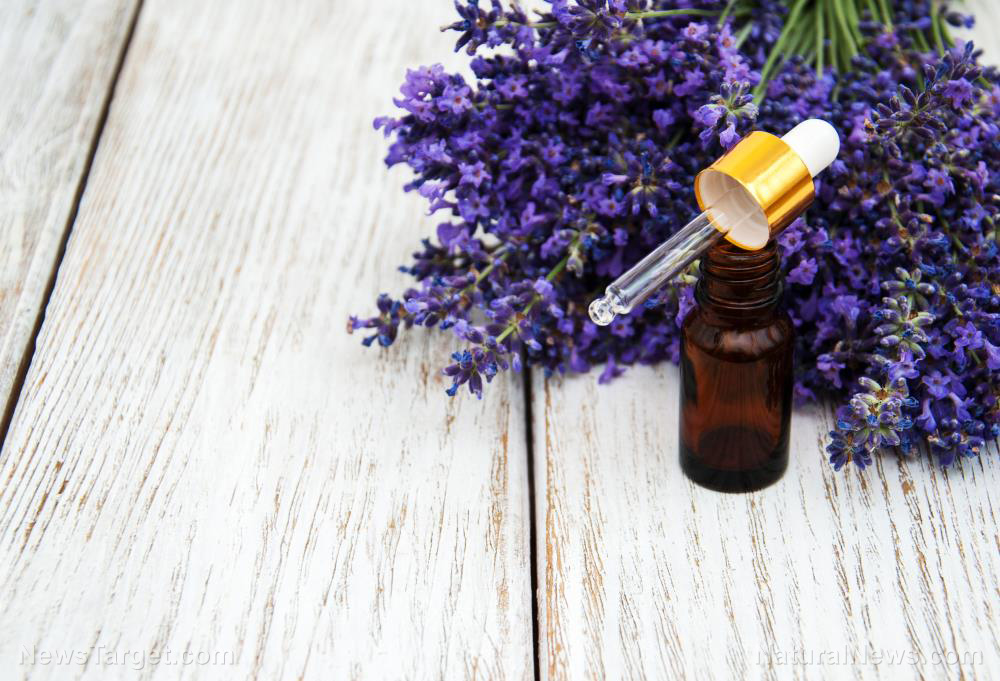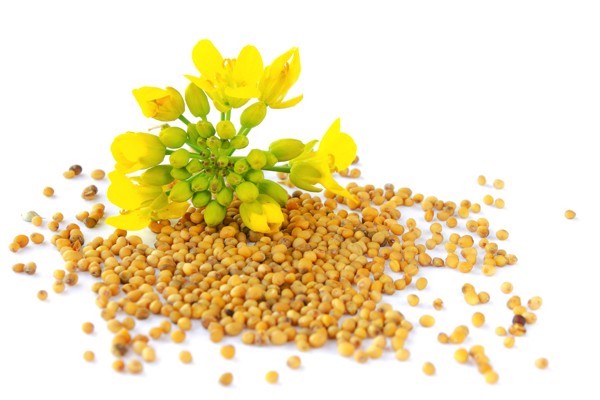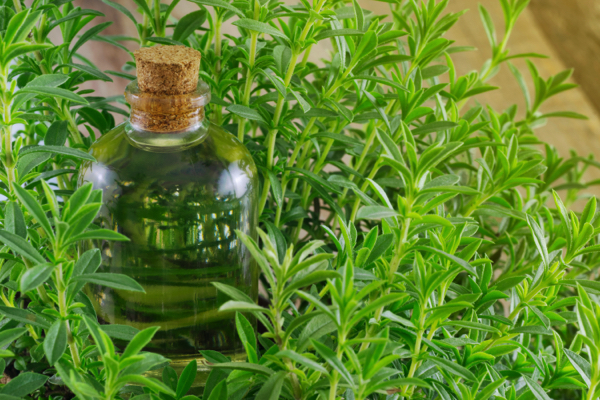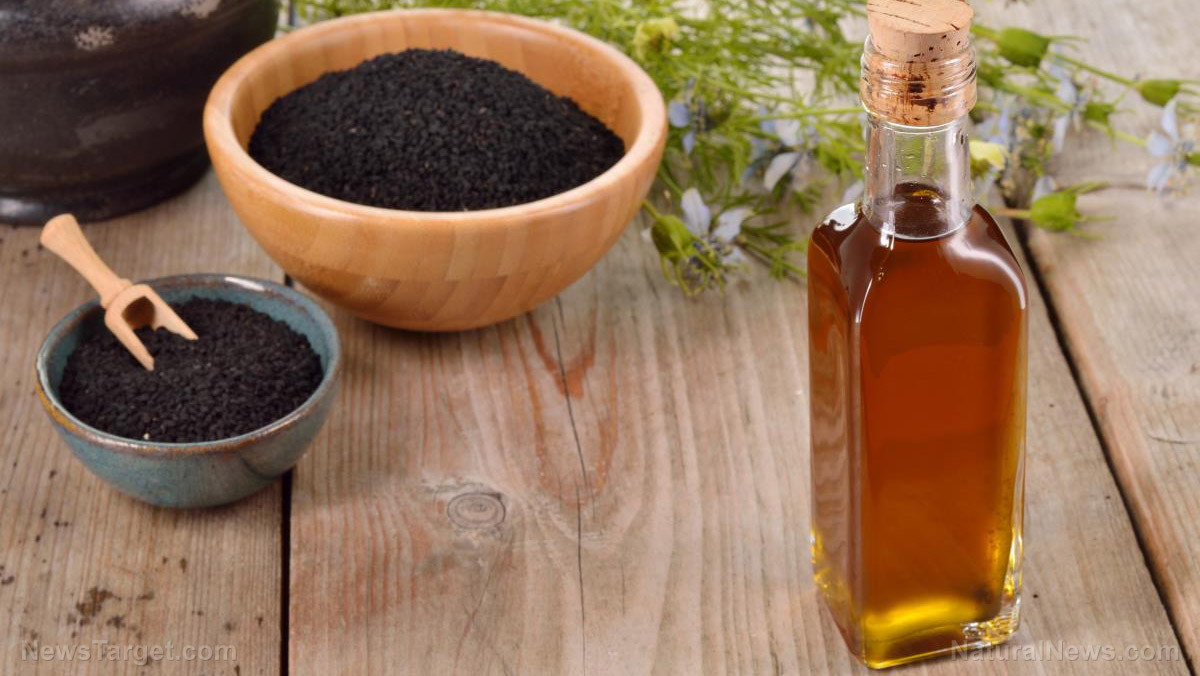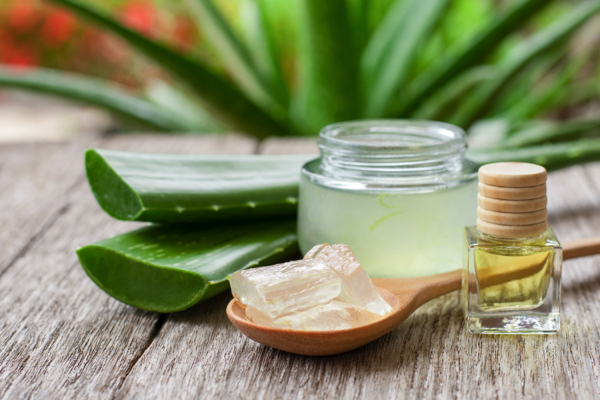Seasonal allergies? These 6 foods may help
12/03/2024 / By News Editors
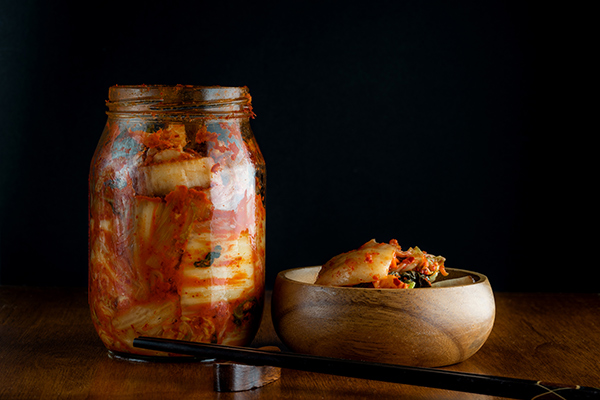
When seasonal allergies flare, do you reach for antihistamine drugs that can leave you edgy and dehydrated? If you’d like to explore natural options for your runny nose, sneezing, itchy eyes, and post-nasal drip, these six foods, all rich in nutrients called flavonoids, may help you combat hay fever
(Article republished from GreenMedInfo.com)
The first signs of spring are unmistakable for the allergy-prone: red, watery eyes, congestion, a pervasive tickle in your throat and, of course, fatigue; how do you sleep when you can’t breathe freely?
While some people reach for over-the-counter medication at the first sign of allergies, side effects like drowsiness, blurred vision, dizziness, nausea and vomiting may be giving you pause. These top six anti-allergy foods are nature’s way of helping you breathe easy and enjoy the fruits of spring.
It’s All About the Flavonoids
The prevalence of allergic diseases has increased worldwide in the last 20 years. The standard American diet (SAD) is a causal factor that is scientifically linked to this increase as well as to worsened symptoms for allergy sufferers.[i]
As natural health enthusiasts know, increasing the amount of fruits and vegetables in your diet can provide an array of health benefits, including boosting immunity to illness and disease. Flavonoids are phytonutrients found in plant foods that are one of the key components identified by science as driving this boost in resilience.
A 2007 study reported that flavonoids, ubiquitously present in fruits, vegetables and teas, inhibit histamine release and suppress the body’s allergic response.[ii] Top anti-allergy foods contain copious quantities of flavonoids to help you manage allergy symptoms without the draining effects of medication.
1. Onions (Quercetin)
You may not know what quercetin is, but you’re already acquainted if onions are a part of your diet. A natural plant pigment, quercetin is a flavonoid found in fruits like apples and berries, in vegetables like broccoli, and in herbs like tea and St. John’s wort.
Onions and shallots are considered the most important source of quercetin in many countries since they are available year-round. Quercetin is known for stimulating the immune system through antioxidant and anti-allergic properties characterized by antiviral activity and antihistamine effects.[iii]
Quercetin’s allergy-busting superpowers are so pronounced, quercetin extract is the main ingredient of many anti-allergy drugs and supplements.[iv] When your seasonal allergies start flaring, try adding sulfur-rich onions liberally to your diet. The highest concentration of quercetin is found in the outer rings where it provides UV-protection for the bulb.[v]
If you balk at the thought of eating onions, quercetin is available as a dietary supplement to aid during times of hay fever and high pollen count.
2. Turmeric (Curcumin)
Curcumin, one of the active flavonoids in the spice turmeric, is a super-supplement with a long history of use for health concerns that cause inflammation, such as seasonal allergies. Curcumin’s antioxidant and anti-inflammatory properties have been clinically validated to support the body when the discomforts of hay fever start to flare.
Curcumin’s anti-allergy effects have been researched for decades, including a 2015 study examining the impact of curcumin supplementation on inflammatory markers detected in the body during an allergic reaction, including histamines and cytokines.[vi]
Researchers found that curcumin improved symptoms of allergic rhinitis, inhibited the changes in nasal mucosa associated with allergic reactions and decreased serum levels of histamines in mice. Curcumin also significantly suppressed the production of inflammatory cytokines in the blood.[vii]
3. Bee Pollen (Propolis)
Bee pollen is an ancient aid for human health, helpful for issues like fever reduction and wound healing, and as a topical medicament due to its antiseptic and disinfectant properties.[viii] An enzyme-rich mix of flower pollens, honey, wax and bee secretions, bee pollen granules contain essential vitamins and amino acids and are a potent source of plant flavonoids.[ix]
Bee propolis is related to, but not the same as, bee pollen. A resinous substance made by bees as they gather exudate from trees, propolis is a popular health supplement worldwide. Waxy in nature, bees use propolis to construct their hives, and this miraculous substance has been studied as a human health aid for conditions including upper respiratory infections, colds, flus and seasonal allergies.[x]
In a study published in the Journal of Medicinal Food, researchers explored the efficacy of honeybee-collected pollen on allergic reactions in the bloodstream. Daily oral administration of bee pollen to mice significantly reduced cellular-level activation of specific blood antigens found during an allergic reaction.[xi]
Propolis and bee pollen extracts are available for seasonal or year-round consumption. With more bioactive components, extracts may be the fastest route to quick allergy relief.[xii]
4. Kiwi (Vitamin C)
Kiwifruits, commonly referred to as kiwis in the U.S., are a premier source of vitamin C,[xiii] a key nutrient in diet-based illness-prevention strategies. Adequate vitamin C in your diet helps stave off disease and may boost your resistance to seasonal allergies.
A 2013 study explored the association of antioxidants with allergic rhinitis (AR) in children.[xiv] Allergic rhinitis refers to a group of symptoms affecting the nose and nasal passages and may include common allergic responses to dust, pollen, or pet dander.
Noting the increase in allergic diseases in recent decades, researchers tested the potential link between intake of vitamins A, C and E on allergy symptoms. Children with AR were placed into four groups, one each receiving supplementation of vitamin C, A or E, and one control group.
The group receiving supplemental vitamin C had fewer AR symptoms,[xv] suggesting that a boost of vitamin C, in the form of a little green kiwi, is just what the sinus doctor ordered.
5. Broccoli Sprouts
Sprouted broccoli seeds are a rich source of the sulfur-based nutrient sulforaphane, which may help attenuate allergic rhinitis by reducing inflammation in the nasal passages.[xvi] A potent anti-inflammatory, sulforaphane also works to detoxify your body by neutralizing free radicals,[xvii] actions that may help reduce symptoms of allergy flare-ups.
Airborne pollutants cause oxidative stress that can contribute to the incidence of allergy and asthma, problems often exacerbated during hay fever season. A 2014 study demonstrated that treatment with broccoli sprout extract, containing high concentrations of sulforaphane, suppressed the nasal inflammatory response in human subjects exposed to levels of diesel exhaust particles equivalent to driving on a Los Angeles freeway during evening rush hour traffic.[xviii]
Results showed that the average nasal white blood cell count increased by 66% over the period of initial screening and increased by a whopping 85% over control group levels 24 hours after initial exposure to the diesel toxins.[xix]
6. Kimchi
Studies on probiotics have demonstrated their effectiveness at reducing allergy symptoms. One symptom that may accompany an allergic attack is wheezing — labored breathing when congestion is present in the lungs, creating a whistle-like sound.
A 2010 study explored the use of probiotics to suppress allergic responses in the airways and found that when it comes to medicine, food truly is the best form around.
The study compared the effectiveness of probiotics obtained from heat-killed lactobacilli strains, like those often found in commercial probiotic supplements, and lactobacillus sakei bacteria isolated from kimchi, a spicy fermented vegetable dish. Results showed that eating kimchi was more effective at suppressing a hyper-allergic response in the airways than heat-killed lactic acid bacteria.[xx]
Eating fermented vegetables like kimchi introduces live strains of healthy bacteria into your gut, allowing breakdown in the digestive tract and facilitating enculturation of these heat-sensitive bacteria.
Prepared kimchi is widely available in Asian markets, but it’s easy to make your own. Mix roughly chopped cabbage, ginger, onions, garlic and red chilis with brine and store in airtight jars. While fresh vegetables may only be viable for a matter of days, fermenting vegetables in brine can increase shelf-life to several months.
Read more at: GreenMedInfo.com
Submit a correction >>
Tagged Under:
allergies, alternative medicine, Bee Pollen, broccoli sprouts, food cures, food is medicine, food science, functional foods, health science, kimchi, Kiwi, natural cures, natural health, natural medicine, nutrients, nutrition, onion, organics, phytonutrients, Propolis, remedies, turmeric, Xpost
This article may contain statements that reflect the opinion of the author
RECENT NEWS & ARTICLES
Natural.News is a fact-based public education website published by Natural News Features, LLC.
All content copyright © 2018 by Natural News Features, LLC.
Contact Us with Tips or Corrections
All trademarks, registered trademarks and servicemarks mentioned on this site are the property of their respective owners.

